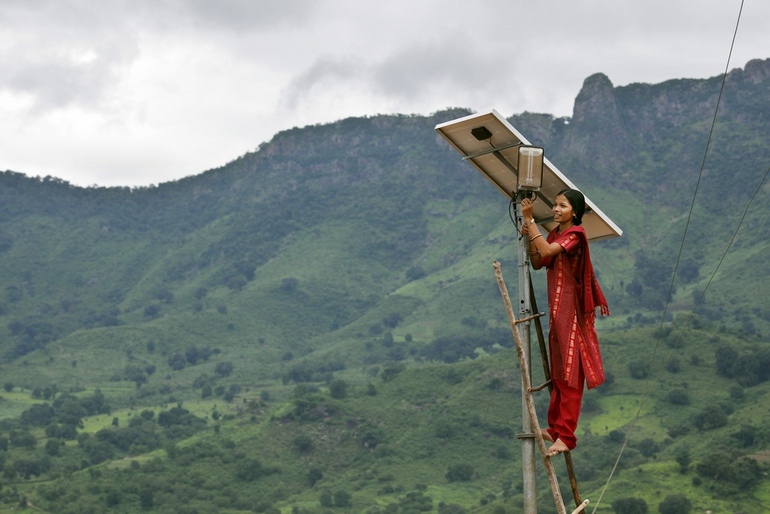The 2016 mid-year update of the NAMA Status Report, published by Ecofys and ECN under the Mitigation Momentum project, shows that NAMA development continues after Paris, while implementation still lags behind. NAMAs are important means to deliver on Nationally Determined Contribution (NDC) targets that countries have formulated as contributions to the Paris Agreement, but increased support is needed for capacity building and implementation, writes Michelle Bosquet and Charlotte Cuntz of Ecofys

The Paris Agreement, adopted in December 2015, marks a historic breakthrough in international climate diplomacy: it is the first legally binding climate agreement in which all UNFCCC Parties – both developed and developing countries – committed to reducing greenhouse gas emissions through their NDCs. With this new dynamic in international climate politics, emission mitigation actions in developing countries are more than ever a focus of attention.
Nationally Appropriate Mitigation Actions (NAMAs) are mitigation actions that these countries have already developed under UNFCCC and for which a lot of political capital has been invested. The current NAMA Status Report therefore seeks to shine a light on what the Paris Agreement means for NAMAs by analysing the Agreement text and offering practical insights from the perspective of national government representatives.
What do the numbers say?
Developing countries continue to develop NAMA proposals, with an additional 10 registered in the NAMA database between October 2015 and April 2016. This increases the overall number of NAMAs to 178. Distribution of NAMAs across Africa, Asia and Latin America is becoming more even, whereas the energy sector continues to see the largest share of NAMA development. Implementation, however, remains limited: as of April 2016, only 16 NAMAs have secured financing for implementation.
What is the role of NAMAs in light of the Paris Agreement?
While the Paris Agreement does not explicitly mention NAMAs, it clearly requires that countries implement mitigation actions. It further emphasises the need for international climate finance, sustainable development and measurement, reporting and verification (MRV).
These are all important elements of NAMAs. As specific mitigation actions, they can play a role in three complementary ways: as one of the implementation vehicles for NDCs; as a means to channel international climate finance for mitigation; and to ensure transparency of mitigation actions. This is also reflected by the fact that out of 60 countries active in NAMA development, 40 have included explicit references to NAMAs as part of their NDCs. The high-level political commitments expressed within NDCs give greater purpose and a sense of urgency to NAMAs, which has in some cases been lacking in the NAMA development process.
What is the view of country representatives?
Country representatives from Colombia, Ethiopia, Indonesia and Thailand contributed to this Report with opinion pieces on how they view the role of NAMAs after the Paris Agreement.
All four representatives state that NAMA development will continue in their countries. While some don’t see their NAMA plans affected by the Paris Agreement, others perceive an increased need to enhance their NAMA activities to meet more ambitious national climate targets as formulated in their NDCs. However, some country representatives believe the Paris Agreement will create new challenges for NAMAs, with some specifically troubled that there is no clear signal as to how, or even whether NAMAs will be continued after 2020.
They agree that there are continuing needs to further support NAMAs, above all facilitated access to climate finance through guidance on funding criteria and more detailed feedback on dismissed funding proposals, as well as capacity building for MRV.
